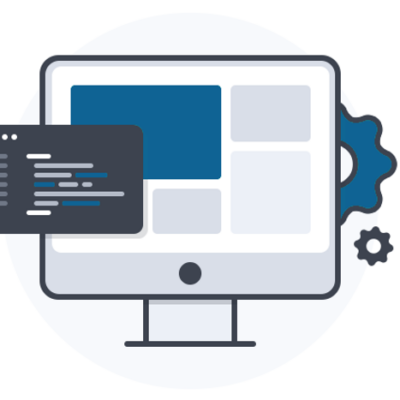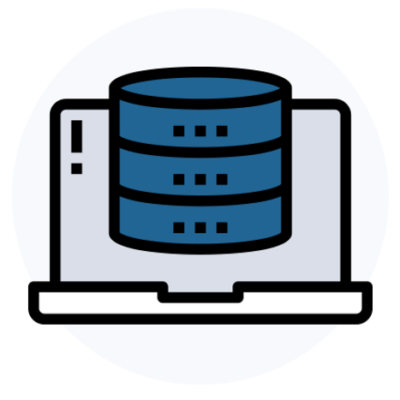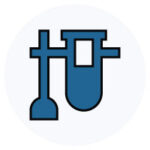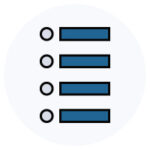What is a LIMS (Laboratory Information Management System)?
A Laboratory Information Management System (LIMS) is a software application used mainly by quality control laboratories to control lots of manufactured products during any step of the manufacturing (raw materials, intermediate products, finished products).


The LIMS manages control samples and related data through fully configurable workflows.
It allows for the standardization of laboratory tests and procedures and the capture of key data essential for compliance to regulations such as ISO 17025 & 21 CFR Part 11.
A Laboratory Information Management System drives efficiency throughout the quality process from the intake and testing of raw materials through the in process and finished product control to the release of the lots (release on the market).
All the way to the release of the product encompassing quality control sample receipt from lots or batches, result entry and checking against specifications, review and approval processes, C of A generation and release to market.
A LIMS can be connected with laboratory instruments to automate the collection of data.
A LIMS can be integrated with third party applications such as:
Compliance.
Implementing a fully validated LIMS system will demonstrate compliance with regulations such as ISO 17025 & 21 CFR Part 11 and Good Practices (GXP) such as Good Manufacturing Practices (GMP) & Good Laboratory Practices.
Audit trails automatically track actions performed against a Sample, Lot, Batch etc. throughout its workflow lifecycle including, login, receipt, test assignment, result entry, approvals, etc.
The approval and release process are controlled and regulated though configurable workflow actions requiring electronic signatures ensuring compliance throughout.
Access control to data and functionalities can be fully defined and regulated thanks to groups and roles definition.
Automatic notification if a result is out of specification can be sent and an investigation file can be created with re-sampling or re-testing for example.
A Laboratory Information Management System can handle the different specifications of multiple countries, regions and Pharmacopoeias.
Data integrity.
LIMS follows the concepts of ALCOA+ defining good practices to ensure data integrity especially within pharmaceutical and biotechnology industries. ALCOA+ means that data should be Attributable, Legible, Contemporaneous, Original and Accurate as well Complete, Consistent, Enduring and Available.
LIMS ensures good data governance by implementing data standards and business processes rules into the system. It also allows automatic checking of results against stored specifications.
Meta data captured in the LIMS as the sample progresses through its life cycle can include many entities such as sample location and status, equipment used and its calibration status, reagents, solutions and standards used for testing…
Automatic checking of results against stored specifications.
The data stored within the LIMS database (MySQL, MS-SQL, Oracle, etc.) are secure and searchable.











